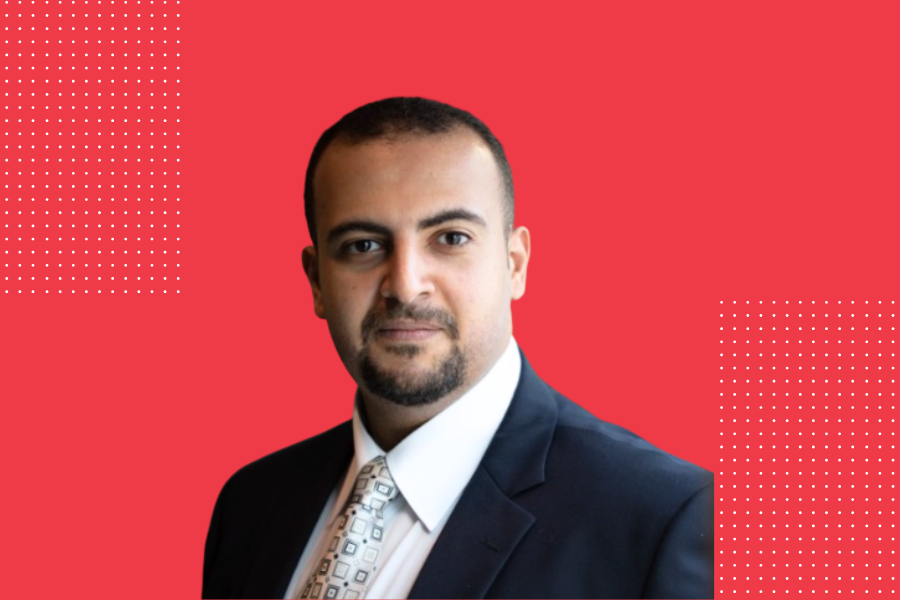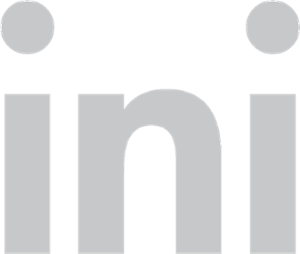
Faculty Spotlight: Mohamed Farag and Exploring Generative AI with a Business Mindset
By Evan Lybrand
Media InquiriesAssistant Teaching Professor Mohamed Farag builds his curriculum around how students can apply what they see in the classroom to the real world. Farag sees his role as an educator as a balance of knowledge of current research, current business practices and the latest teaching methodology to prepare students for what lies after graduation.
Farag’s classes focus on the use of generative Artificial Intelligence (AI) and cloud computing. He is also the founder and chief executive officer of Analytics 4 Everyone, an analytics resource company. We spoke with Farag about his practical approach to teaching graduate engineers.
Could you tell us a little about your journey?
Farag: I had a very untraditional route. I was born and spent my childhood in Egypt. Then, my father got a job in Saudi Arabia, and my entire family moved there. I got my high school degree in Saudi Arabia and went back to Egypt to finish my undergraduate.
After that, I was offered a job at a university in Egypt to teach. I graduated from Menoufia University, which is a small, regional university, and I was the first in my class. Traditionally, according to the Egyptian educational system, the first in the class will get a job as an instructor, and they can take over from the professor. However, I turned the job down and decided to come to the United States.
How did you come to the INI?
Farag: When I landed in the U.S., I never had teaching in mind. I wanted to get my master’s and then start working. I did this at a small university in Iowa called Maharishi International University and my goal was to finish this and start working in the private sector. However, when I completed my master’s, I found my passion for education and teaching.
In Pittsburgh, I started a job at FedEx and then moved to another company called Suma Technologies. Even there, I never forget about my passion for education and teaching. I chose to get my Doctor of Engineering at George Washington University. I was driving over the weekends to go to school and during the rest of the week, I was at my full-time job. It was tough, but I was able to get it in less than three years.
After I completed my doctorate, I got an opportunity to teach an undergraduate cloud computing class at the University of Pittsburgh and the capacity was maxed out. The department decided to make it an official course after I taught it for three semesters and at that point, I started to love teaching.
I applied for an opportunity at Carnegie Mellon University (CMU) in the Department of Statistics and Data Science as a special faculty in the fall of 2020. In 2021, I joined the INI as an adjunct professor teaching cloud infrastructure and I felt welcomed and comfortable. After that, I moved to an assistant teaching professor role, starting in the spring of 2022.
What is your area of focus?
Farag: I'm focused on how to apply generative AI. I founded a research group recently here at CMU called the Applied Generative AI Research Group. I also have taught foundational courses, like 14-513/15-513: Introduction to Computer Systems, which I co-taught with David Varodayan. However, I find myself doing more hands-on, applied work that helps link the students to the industry. I feel this is where my strength is.
How did you become interested in Generative AI?
Farag: Initially, I wanted to teach machines how to think, and now machines are helping me with my daily tasks. It's fascinating how this domain has been evolving.
At the INI, which courses do you teach?
Farag: I teach 14-763/18-763: Systems and Tool Chains for AI Engineers which is a core course for the M.S. in Artificial Intelligence Engineering (MSAIE) degree. I also teach 14-848: Cloud Infrastructure.
During the spring, I also teach two mini-courses. The first one is 14-825: Special Topics - Generative AI and Large Language Model. This is a generative AI large language models (LLM) course that focuses on how students can build LLM applications or generative AI applications using existing LLMs. Unlike a lot of courses that focus on how to build LLMs and their internal structure, this one assumes the LLM is already there. How can you use it to build something meaningful, something that would align with industry needs?
The second mini is 14-789: AI in Business Modeling. It’s a business course that aims to help students understand how to use AI and the underlying business models for AI products. This is another core course for MSAIE-IS.
How can students use the skills that they learn in the classroom in their careers and beyond?
Farag: My classes are focused on applied knowledge. So, students learn what they typically see in the job descriptions from a technological standpoint. This can make it challenging, because I have to be up to date on what's going on in the industry. I'm trying to use my courses to bridge the gap between what the students are seeing during their studies and what they’ll see in industry.
That said, my classes are built around applied skill sets that align with daily operations that graduates will use or benefit from in their jobs whether they land in product management, software engineering, development operations engineering or even systems architecture. Whatever knowledge they have collected from my classes will help them directly.
Why did you decide to teach?
Farag: I'm not entirely out of industry. My company, Analytics for Everyone, is building an educational technology solution to improve the student learning experience.
I think of it as a balance. I call it the knowledge triangle: research, industry and teaching. I believe they should complement each other, and right now, I do a bit of research, I run my company and I teach. I feel that as a teacher, you have to be up to date on everything that's going around you. I love teaching — I am passionate about it — but I don't think that I have separated teaching from other activities.
When you think about the advancements in the field, what are you most concerned about?
Farag: I think the field is evolving at a fast pace without having a solid governance framework around it. Right now, we're seeing new generative AI models created all the time, with a lot more capabilities. However, internally — the very internal structures of those generative AI models — we still do not know how they work. One of the things I’ve seen is some of the models have biased output, and that's only because we noticed how the model was working. And to solve that, researchers had to go and trace inside the model — billions of layers — until they found exactly which layer or group of layers was affecting that specific output.
Now, this is just a single example of something that we were able to figure out is happening and find a solution. There are hundreds of other scenarios where we know they are happening, but we do not know why or what's impacting them. We don't have good explainability of how those AI models work behind the scenes. That's why there is a whole new research domain called AI explainability that's evolving now. It's centered around analyzing the internal structures of those AI models to make sure that we have a good idea of how they work.
What are you most excited about?
Farag: I think if we look back three years ago on how generative AI was and how it is today, it's helping people do a lot of good things. It can help people become more productive. This is one of the things that I am really excited about: you can have your own personal assistant now, one who can take care of a lot of tedious tasks.
What advice do you have for students?
Farag: I believe that generative AI is no longer a luxury — generative AI is becoming a mandate. Some companies are trying to change their hiring and their team performance metrics to be around how people can use AI. From my perspective, for students, the good news is AI is not going to completely replace us in the near future, but I do think that job descriptions are going to evolve to target those people who are able to benefit from generative AI. Learn generative AI, learn how to make it an assisting tool and learn to use it to make your day more productive. Hopefully, we can do this during our courses.
Also, keep in mind academic integrity and that we want you to learn by thinking. We want to develop your mindset to become a more mature, academic individual.
